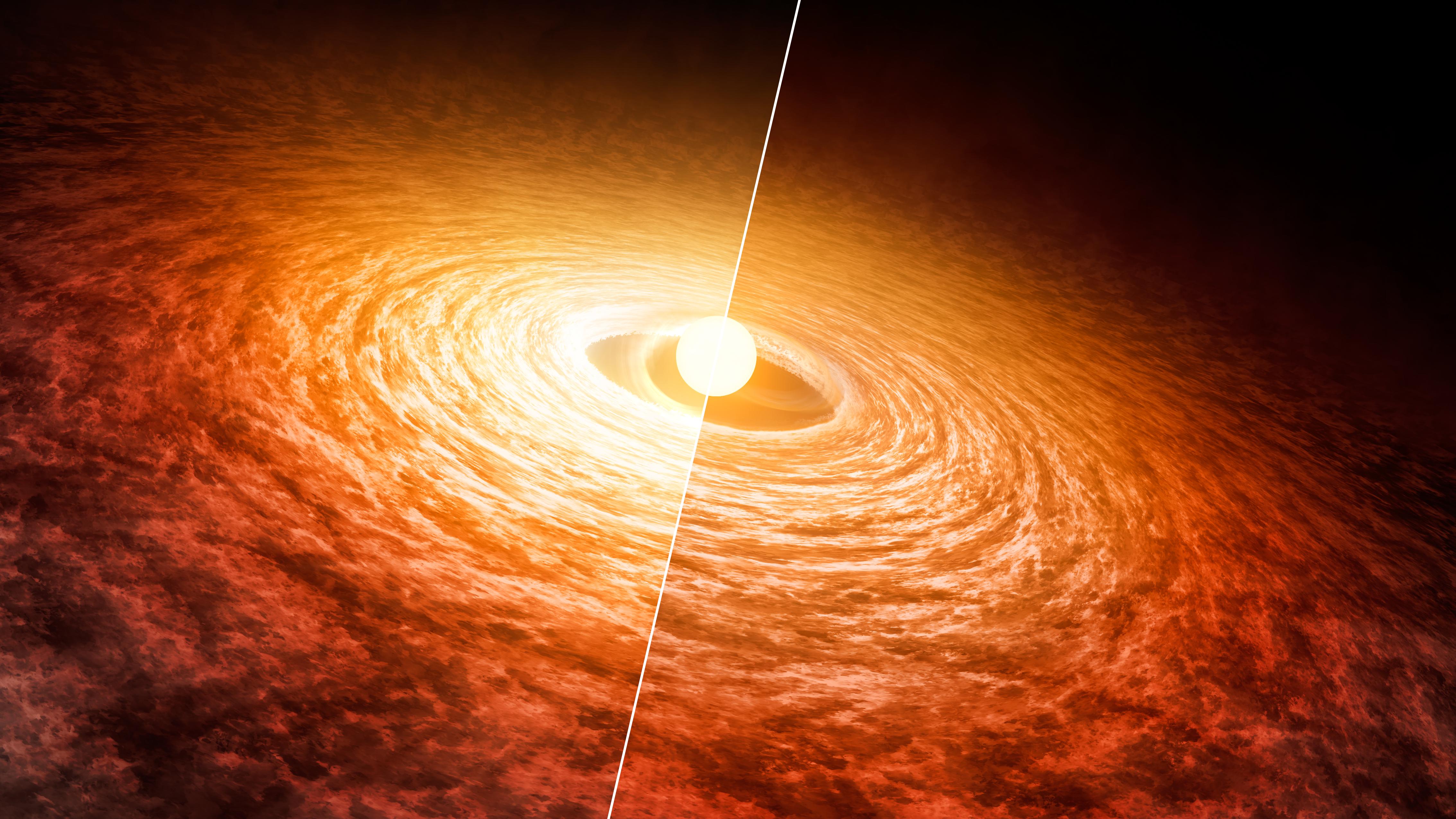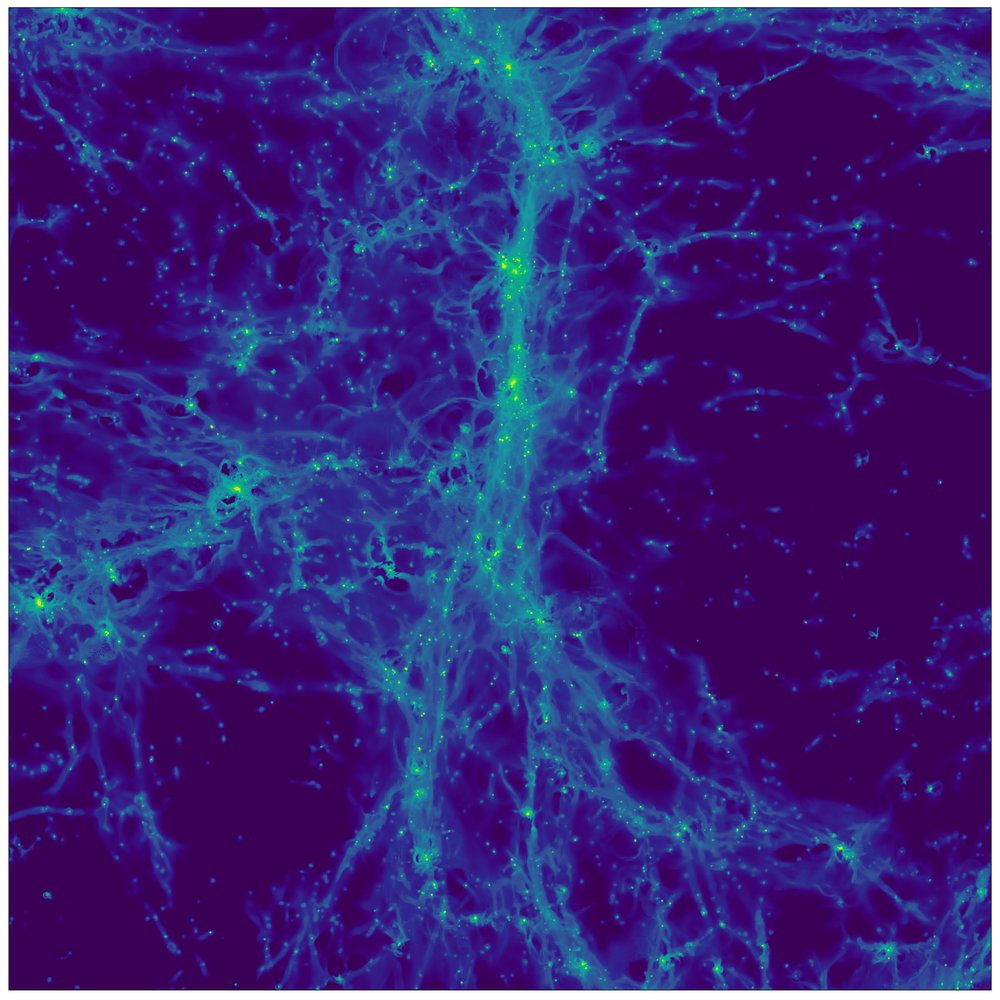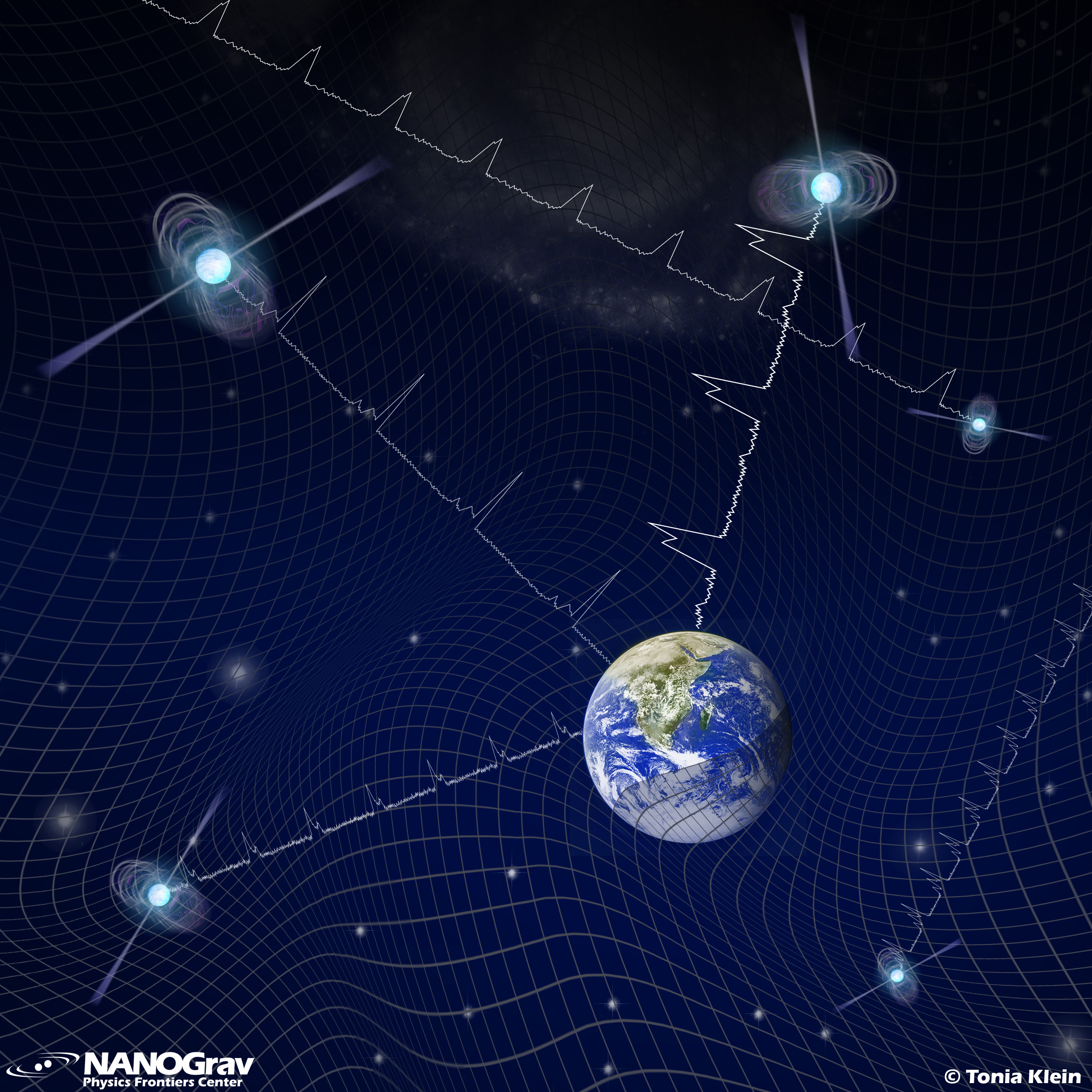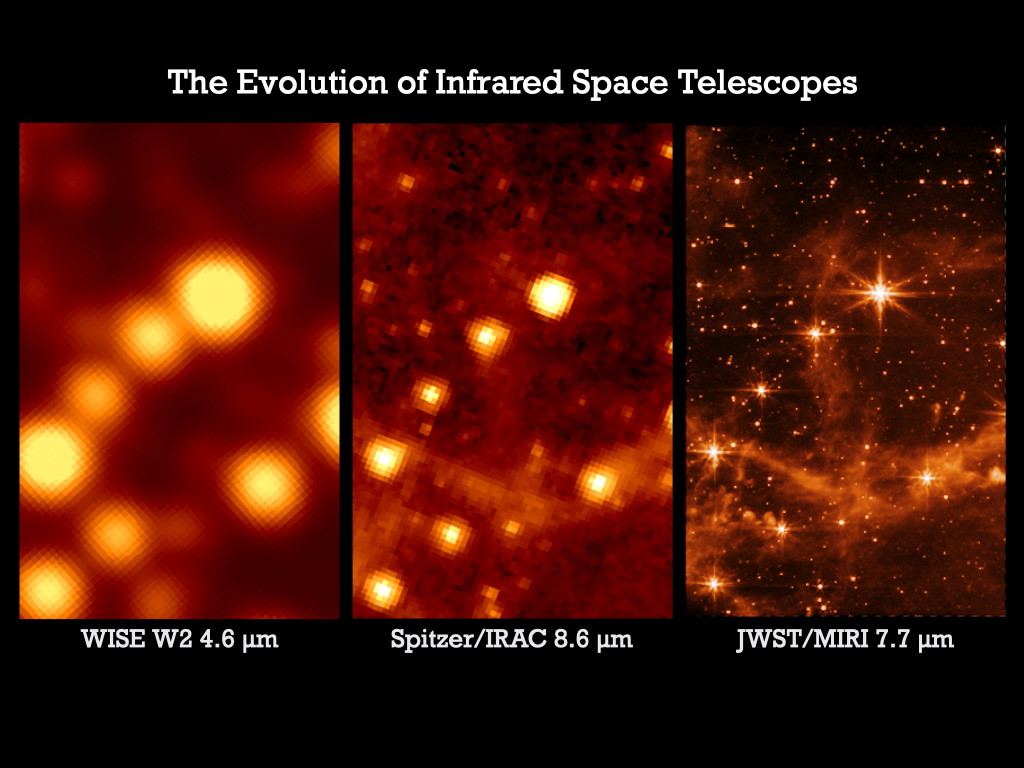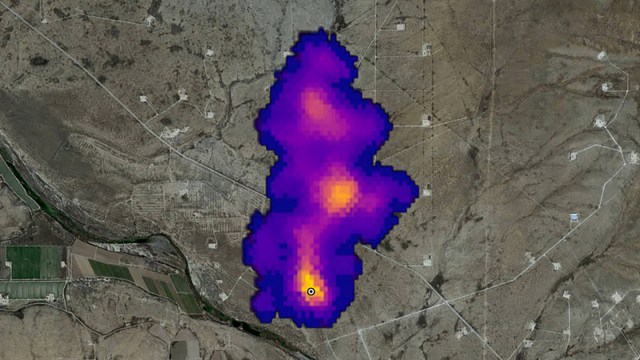Starts With A Bang Podcast #87 – AGNs from the South Pole
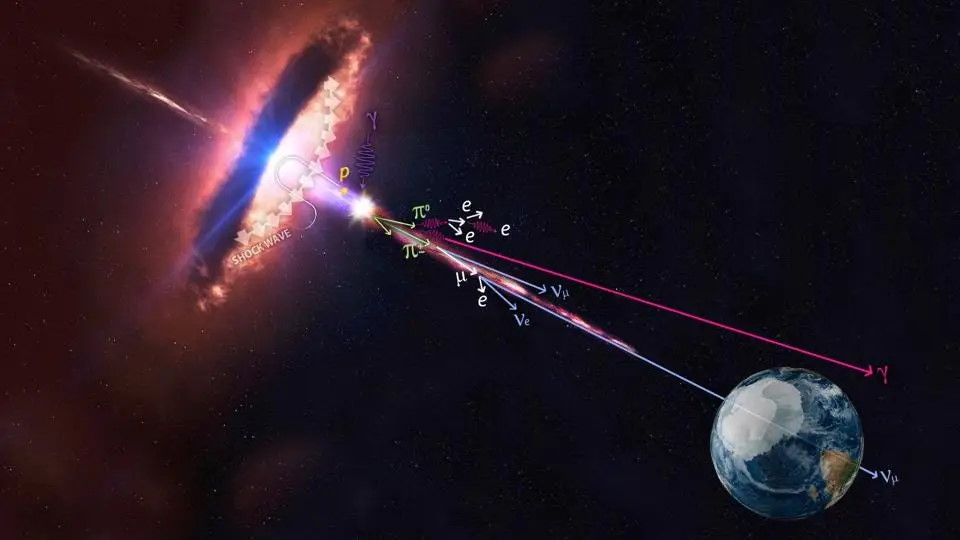
- At the center of almost every large galaxy, a supermassive black hole resides.
- While dormant most of the time, they can become active and extremely energetic and emissive when matter comes near the event horizon.
- These active galactic nuclei don’t simply turn on and off, but as we’re just discovering, vary wildly and remarkably during their active periods.
The supermassive black holes at the centers of galaxies is a tremendously interesting area of research, advancing rapidly over the past few years. While most of these observations focus on either high-energy or radio emissions from them, there’s a recent push to see what these objects are doing in other wavelengths of light, as well as how they vary in time.
Once, it was thought that supermassive black holes would become “activated” at a certain point in time, would remain on for hundreds of thousands or even millions of years, and would then turn-off. But our observations have shown us that there are remarkable variations in what types of light and energy these objects emit over time, and with new studies being conducted at the South Pole and other places studying the Universe in millimeter-wavelength light, we’re about to get an unprecedented amount of high-quality data.
Here to guide us through what we’ve learned so far about these active galaxies and where this research might take us in the future is Dr. John Hood, a postdoctoral research associate at the University of Chicago. It’s a wild ride here at the frontiers of science, and I hope you enjoy every minute of it!

